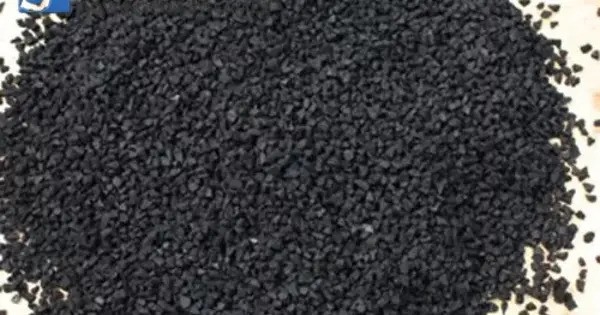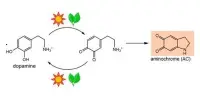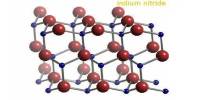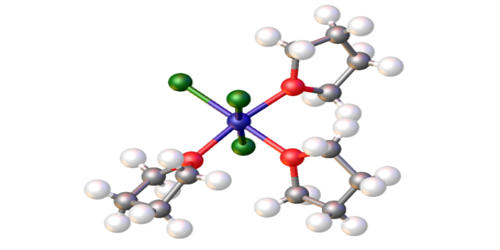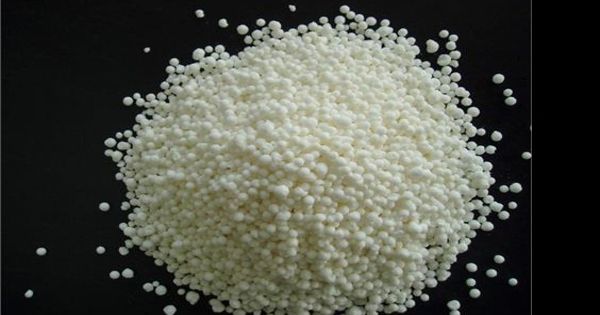Aluminium antimonide (AlSb) is a semiconductor of the group III-V family containing aluminium and antimony. It is a semiconductor material that has several interesting properties, making it valuable in various technological applications, particularly in electronics and optoelectronics. The lattice constant is 0.61 nm. The indirect bandgap is approximately 1.6 eV at 300 K, whereas the direct band gap is 2.22 eV.
It is a semiconductor material that has several interesting properties, making it valuable in various technological applications, particularly in electronics and optoelectronics. Its electron mobility is 200 cm2·V−1·s−1 and hole mobility 400 cm2·V−1·s−1 at 300 K. Its refractive index is 3.3 at a wavelength of 2 μm, and its dielectric constant is 10.9 at microwave frequencies. AlSb can be reacted with other III-V materials to produce ternary materials including AlInSb, AlGaSb and AlAsSb.
Aluminium antimonide is rather flammable because of the reducing tendency of the antimonide (Sb3−) ion. It burns to produce aluminium oxide and antimony trioxide.
Properties
- Chemical formula: AlSb
- Molar mass: 148.742 g/mol
- Appearance: black crystals
- Density: 4.26 g/cm3
- Melting point: 1,060 °C (1,940 °F; 1,330 K)
- Boiling point: 2,467 °C (4,473 °F; 2,740 K)
- Solubility in water: insoluble
- Band gap: 1.58 eV
Semiconducting Nature
AlSb is an intrinsic semiconductor, and its band gap typically ranges between 1.1 to 1.6 eV, depending on factors such as temperature and the specific form of the material. This allows it to be useful in a variety of devices that require semiconductor properties.
It has a relatively low thermal expansion coefficient, which makes it compatible with other semiconductor materials in heterostructures, especially when combining with materials like GaAs (Gallium Arsenide).
Electrical Properties
AlSb is known for its high electron mobility, making it suitable for high-speed electronic devices. It also has a relatively high thermal conductivity compared to other semiconductors. AlSb has optical properties that make it useful in infrared optoelectronics, especially in detectors and light-emitting devices.
Applications
- Infrared Detectors: Due to its ability to absorb infrared radiation, AlSb is used in infrared detection systems.
- High-Speed Electronics: Its high electron mobility makes it useful in high-speed transistor applications and other advanced electronics.
- Heterojunctions: AlSb can form heterojunctions with other III-V semiconductors, such as GaAs, which are used in high-efficiency devices like lasers, light-emitting diodes (LEDs), and transistors.
Challenges
- Fabrication Difficulty: The material is somewhat difficult to grow and fabricate in a controlled manner, especially compared to more common semiconductors like silicon or gallium arsenide.
- Integration Issues: It can have challenges when integrated with other materials, especially concerning lattice matching and thermal expansion coefficients.
